I’ve seen alot of inquiries lately from people who are wondering what is that weird red spot on their horse’s sole? And some showing red on the wall of the hoof.

Well, a red spot USUALLY means the horse has bruised his hoof somehow …
Stepped on a rock or some other hard object causing a bruise on its sole.
A hoof bruise isn’t too much different than you or I bruising.

A bruise can also occur if the horse hits something or something hits the outside wall of the hoof. Or, if there is damage to the laminae at the coronary band causing a bleed of some sort. These kinds of bruises will readily be apparent on white hooves.
So, what IS a bruise?
Basically, a bruise, also called a contusion, forms because the soft tissues of the foot have been damaged. Some hooves bruise easily, whereas others may have tougher soles that are better conditioned than others. When these soft tissues in the hoof are injured, small veins and capillaries (the tiniest blood vessels) break. Blood leaks out of the damaged vessels to form the ‘bruise’.
Sometimes, most times actually, the hoof, the body is able to metabolize the blood cells and no one is the wiser for it.

Other times, however, the bruise will be severe enough that the hoof will form a protective pocket around it and develop an abscess. In the photo above we see an abscess that has vented (finger pointing to vented abscess) as well as a bruise (blue arrow).
An abscess can cause a sound horse to become dreadfully lame overnight – seemingly without cause. In fact, a horse that does go lame like that overnight is usually suspected of developing an abscess.

Contrary to much thought about horse shoes preventing such injuries, if the shoes do not also have pads to them then a horse can just as easily bruise its hooves when shod as when barefoot. You can see the bruising on either side of the frog in the photo of the shod horse above.
Barefooted horses, that are well conditioned to the environment, will grow thick calluses to protect the soles. But they can still be injured, somehow, from a strike on the coronary band or hoof wall.
If the bruise is not severe and not causing any lameness then one can pretty much just let the horse go its own way. But, if the bruise is causing some discomfort, it can be indicative of an abscess brewing. The body may reabsorb it in short time or one may have to help the abscess develop fully to vent. Some veterinarians choose to knife out the abscess; I’ve found over the years that abscesses will vent themselves without surgical intervention with homeopathy, some essential oils and soaking – allowing the horse to move around as he or she wishes. Then, once the abscess has burst, appropriate care is given in the way of further soaking, possible poulticing and bandaging with either medication or essential oils and, again, a different homeopathic remedy than used for the un-vented abscess.
We all hate to see our horses in any sort of discomfort or downright pain. We all want to take that pain away. Sometimes that is necessary for treatment and other times its best to let nature take its course.
With barefooted horses, whose hooves are well callused and conditioned, it may take some time for a brewing abscess to fully develop and, as such, may need some intervention. But mainly, for a simple bruised sore or a bruised wall, just allow the horse to be a horse.
Horses and hooves are amazing self-healers. I think sometimes we humans like to micro-manage and cause MORE problems.
Oh, by the way, meant to mention, also … concerning the use of a NSAID for pain? If the horse has an abscess then the pain reliever is just not going to do anything much at all for the horse. The abscess will remain painful until it has burst and released the pressure inside the hoof capsule. It is the pressure that causes the pain. That is another tell-tale sign that your horse’s bruise is developing into a full abscess.
Again, soaking in some epsom salt water or activated charcoal water will help soften the sole a bit. If the body is not going to reabsorb the bruise and abscess then the softened sole will allow its departure.

Many times, in addition to bruised soles and walls, bruising will become apparent around the white line after a laminitic attack or, even during, an active laminitic situation. This blood is evident in the white line as the bruise will ‘grow down’ with the hoof growth. The horse may never have even exhibited any sort of clinical symptoms, as is the case with the first stage of Laminitis – the Developmental Stage. The old bruise/blood in the white line, coupled with a few rings in the hoof that have ‘grown down’ the wall, tells of a laminitic episode that happened sortly before the observation. In an active phase of laminitis, Stage 2 or Stage 3 (Founder), there will be blood evident in the white line and rings will be still developing at the coronary band. This situation is far more dire than sole bruising or small abscess and MUST be taken care of quickly and correctly.
Bruising and abscessing don’t have to be major events when they are recognized for what they are and are treated appropriately.
If you’re not sure what is causing your horse’s lameness, or you’re not sure if you’re looking at a bruised sole or something else, always consult your veterinarian or hoofcare provider.
ANNOUNCEMENT! … Join us on our new forum: http://forum.scootboots.com !!!! Brand new so let’s JUMP START IT and get it going! 
Gwenyth Browning Jones Santagate is the best-selling author of 10 Secrets to Healthy Hooves as well as a noted author for various international equine publications including The Horses Hoof, Equine Wellness, Natural Horse Planet as well as a contributing author for the 2001 United States Federal Mounted Border Patrol Training Manual. For the last 37+ years, she has maintained healthy hooves with natural trimming on thousands of horses and specialized in pathological rehabilitation hoofcare for the last 20 years. She and her husband John keep a small herd of their own equine in SW Florida and continue to offer consults for horses in need. You can email to Gwen — gwen.santagate@gmail.com or telephone in the US (23)-573-9687. For further information please click here: www.thepenzancehorse.com/2012/RESUME.pdf



LIVE, ONLINE COURSE with Gwenyth Santagate begins Sept. 13, 2017. For more information and to register (limited reserved spots) go here: http://www.integrativehorsecourses.com/online-classes.html
![]()





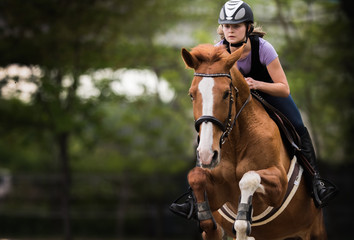
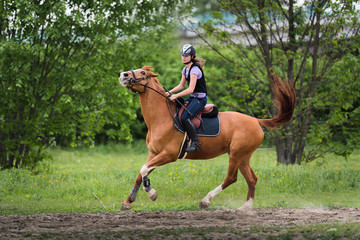

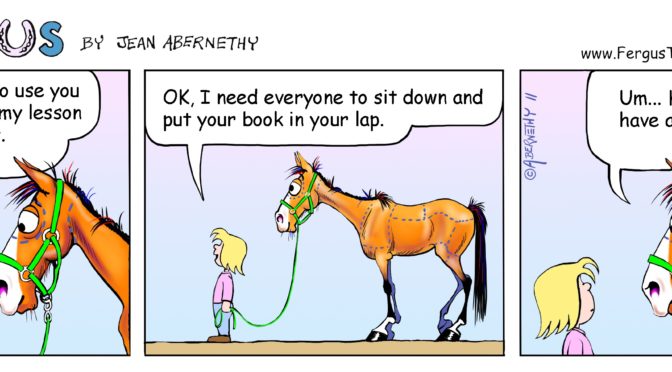


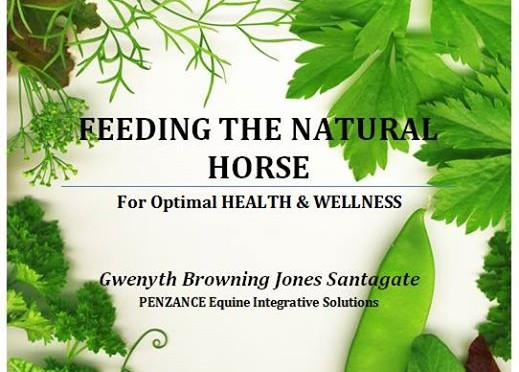

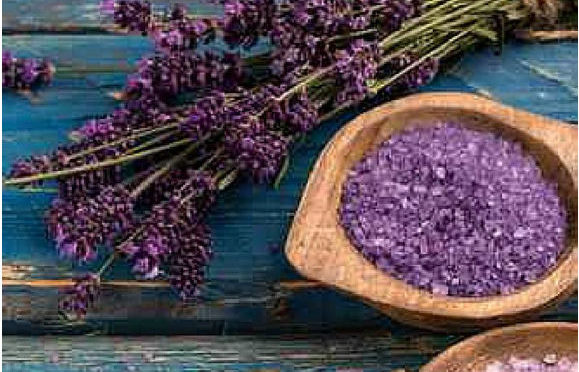
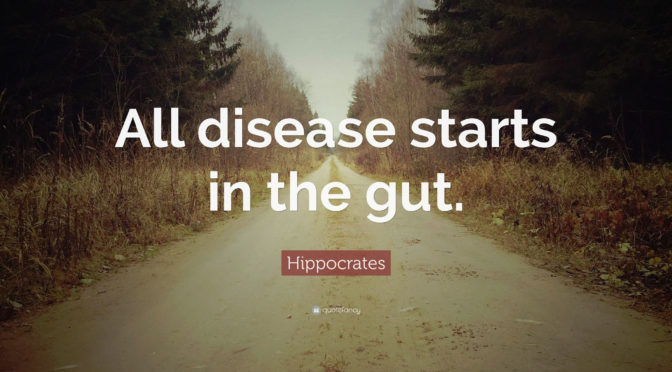
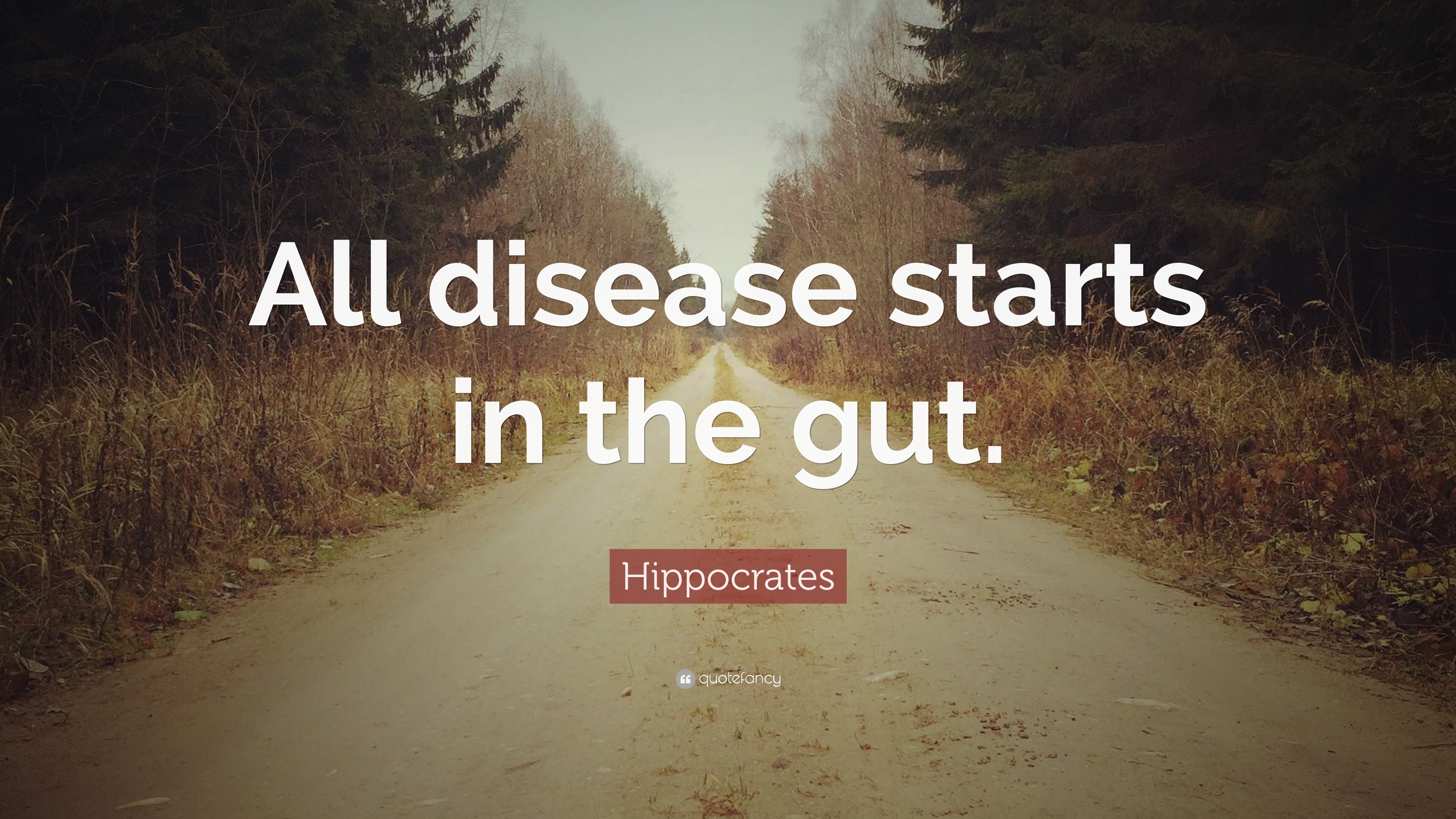
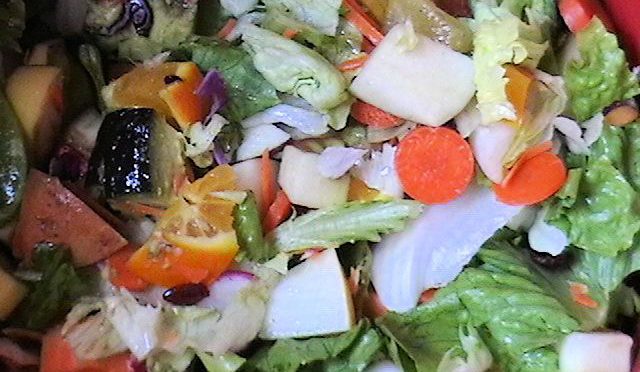
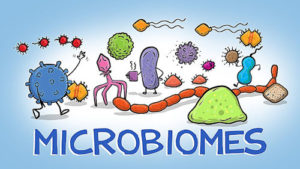

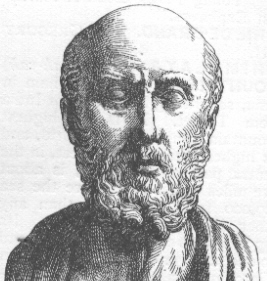 Without going into much more detail and totally bogging down our minds, suffice to say that, once again, Hippocrates was right when he said,
Without going into much more detail and totally bogging down our minds, suffice to say that, once again, Hippocrates was right when he said,





